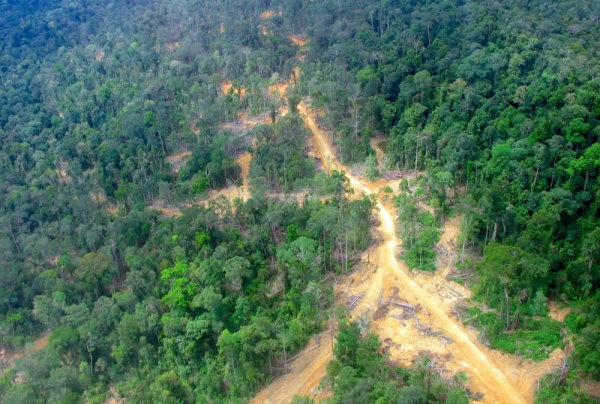Though much thinner than old-growth woodlands, logged tropical forests in Borneo are more abundant in plant and animal life, according to a new study that argues against converting such “degraded” forests to oil palm plantations.
“We had not expected the logged forest to be so ecologically vibrant,” Yadvinder Malhi, an ecologist at the University of Oxford and lead author of the study, said in a statement.
The study combined data on the growth of trees in Borneo with data on the size and food intake of 248 animal species, which required observing wildlife around the clock. “In the early morning, ornithologists listened out for birds, while evenings were spent catching bats in special traps,” study coauthor Matthew Struebig, a conservation scientist at the University of Kent, said in a statement. “Meanwhile, trail cameras and cage traps over 77,000 combined nights provided much-needed information on secretive and elusive mammals, from tree shrews, sun bears, and elephants.”
Researchers found that logged forests support a richer array of species than old-growth forests and, to an even greater extent, oil palm plantations. And, while old-growth forests are a vital carbon sink, the study found that animals eat more food in total in logged forests, consuming two and half times as much energy as they do in old-growth woodlands. In oil palm plantations, the flow of energy from plants to animals all but collapses, particularly among deer, elephants, and other large mammals, which are scarcely seen on plantations. The study was published in the journal Nature.
Read more at: Yale Environment 360
A road in Borneo divides a logged forest, on the left, and an unlogged forest, on the right. Aidenvironment via Wikipedia


